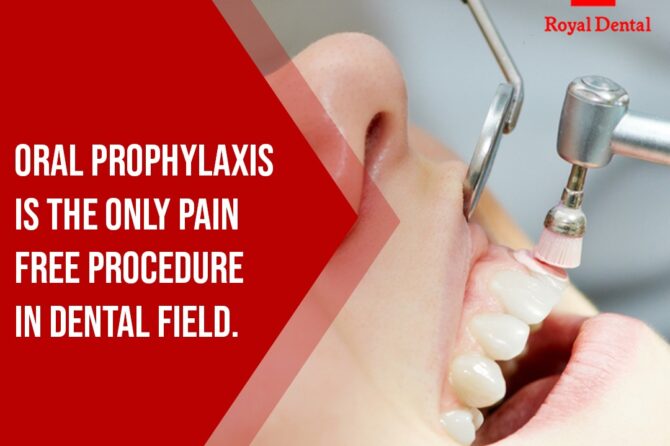
Staining of Prosthesis or Dental Crown
Stains are coloured marks that are difficult to remove. It can occur when pigmented residues from food or drink build up on dental prosthesis. Staining on prosthesis can also occur due to improper brushing, smoking, tobacco, pan , betel nut chewing due to certain medicaments like betadine gargles.
What are the types of Prosthesis staining?
If your teeth are stained, it is probably one of three separate ways:
- One type of surface stain actually trapped into the tooth structure because of micro-cracks. These usually caused by either chewing on ice or other something hard. They are so small they may go unnoticed until they become stained, usually from food or smoking. Best advice is never chew on ice! These should go away either with bleaching or bonding.
- A second class of stains caused by calculus, or tartar, and soft deposits on the teeth. These appear as dark areas around the gum line, most often on the front teeth. Often bacterial in origin, these stains may be the result of ineffective oral hygiene. But whatever their cause successful treatment is available. It consists of frequent stain removal through dental scaling and polishing.
- The third type include teeth stain that unfortunately incorporated into basic tooth structure. Through faulty hardening of the tooth before birth or the interruption of normal enamel formation by medication or disease. The bad news is that no matter how much you scrub your teeth, these stains permanently locked in. The good news is that, because of recent breakthroughs in cosmetic dentistry; dentists can now, restore your discoloured teeth in one day.
What are the types of teeth stains?
Prosthesis is given to the patient in the form of full crowns, bridges, dentures, implant over dentures. These are made up of various materials .most commonly used materials for fabrication of prosthesis are acrylic, porcelain, resin , HIPC , zirconia, Porcelain fused to metal.
Acrylic are porous in form which makes them more susceptible to staining. One might observe yellowish stains on their acrylic dentures. These stains are irreversible. As the stains on acrylic cannot be corrected the old ones will have to be replaced.
Porcelain are highly durable material but they are not entirely indestructible. Highly abrasive toothpastes may wear off the glaze of porcelain crowns and bridges. Scratches may occur due to excessive brushing pressure. Sticky tar and cigarettes attach to the prosthesis surface. Staining can be removed with porcelain polishing paste which can be done by regular dental visits. If damage is severe one needs to replace the prosthesis.
Leave a reply

Leave a reply